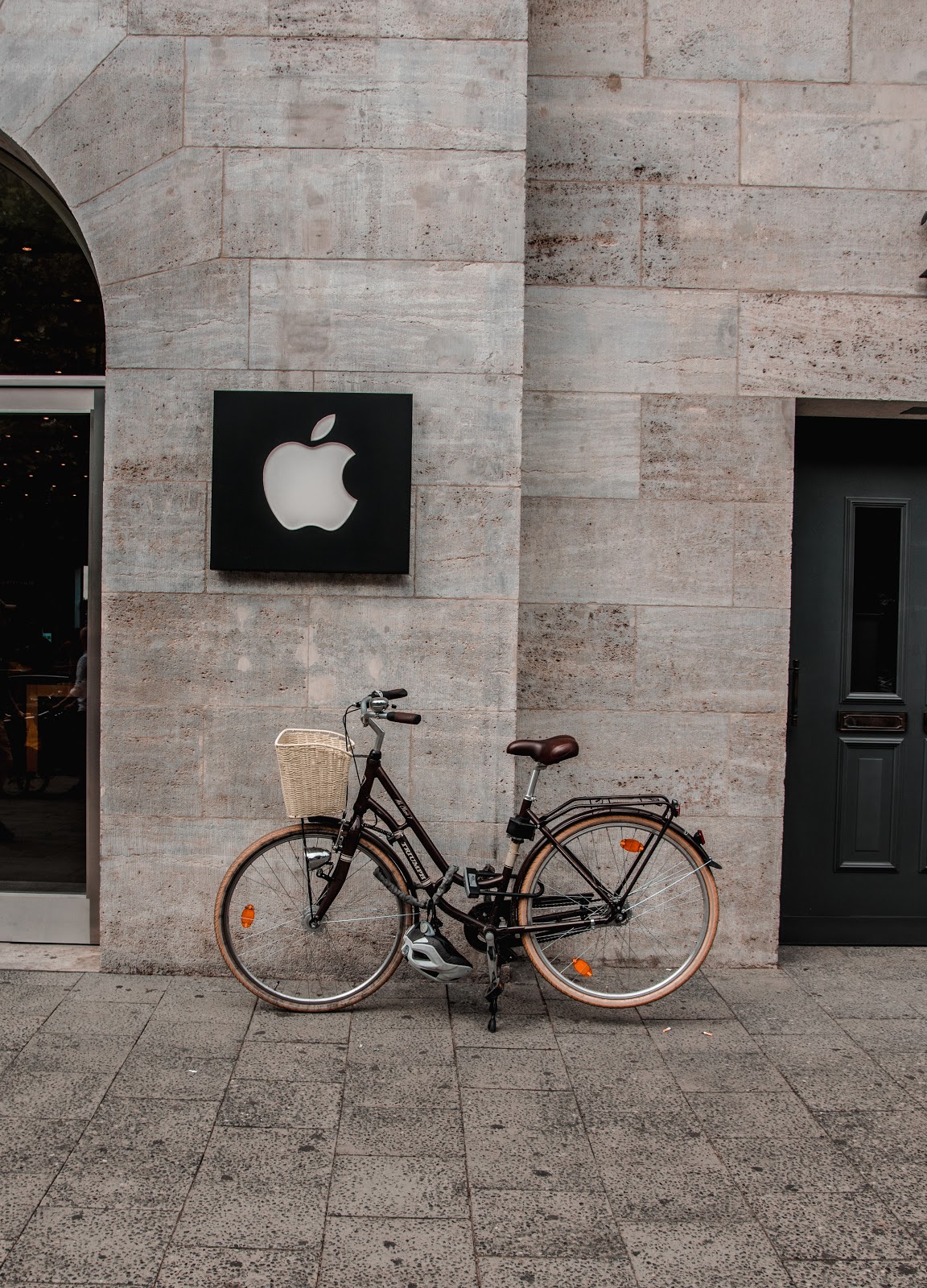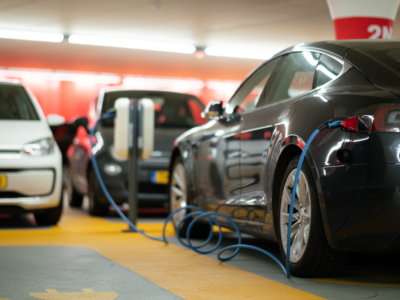When a leading tech giant pivots in the marketplace, people take notice. Indeed, the whole world was watching when Apple issued its inaugural $1.5 billion green bond back in February 2016, right on the heels of global adoption of the Paris Climate Agreement. A little over a year later, following the US government’s announcement that it would be withdrawing from the international accord, the company released a second $1 billion green bond. A third follow-up came in November 2019, this time launched in Europe, consisting of two additional green bonds valued together at about $2.2 billion.
To date the company behind such popular products as the iPhone and the Mac has green bond issuance amounting to a whopping $4.7 billion, and it has made sure to put these funds into projects guaranteed to have a positive environmental impact. As Lisa Jackson, vice president of Environment, Policy, and Social Initiatives at Apple, stated in a recent press release, “Apple is dedicated to protecting the planet we all share with solutions that are supporting the communities where we work. We all have a responsibility to do everything we can to fight against the impacts of climate change, and our $4.7 billion investment of the proceeds from our Green Bond sales is an important driver in our efforts.”
Where exactly is all this money going? Apple has fully allocated all $2.5 billion from the 2016 and 2017 bonds, and it spent $329.6 million of its 2019 bonds over the course of last year – putting over half of the green bond funds to work. The 17 projects funded in 2020 span across low-carbon design and engineering, energy efficiency, renewable energy, and carbon mitigation and sequestration. The goal is to help Apple “reach carbon neutrality across our entire carbon footprint, including the full product life cycle, by 2030.”
And Apple is well on its way to reaching that target. The company expects these 17 projects to generate 1.2 gigawatts of renewable energy globally. Collectively, the renewable projects will avoid 921,000 metric tons of carbon emissions every year, similar to taking almost 200,000 cars off the road. These projects added 353.7 megawatts of renewable energy capacity and are expected to produce 1.26 gigawatts of renewable energy every year, guaranteeing the company continues to get 100 percent of electricity from renewable sources for its offices, retail stores, and data centers in 44 countries.
The most recently completed and perhaps the most captivating projects are among Apple’s work in renewable energy. In March, the company announced that it had completed construction of the Turquoise Solar Project in Reno, Nevada, in collaboration with Greenbacker Renewable Energy Company (GREC). The now-operational site occupies 180 acres of the Reno Technology Park that acts as an energy source for the company’s data center in the state.
Turquoise Solar now contributes 50 megawatts of power to the data center, on top of the 270 megawatts already provided by three previously completed renewable energy projects. While many of these projects serve Apple’s data centers, local communities also benefit. Construction of the Turquoise Solar Project provided 236 jobs, and more than 90 percent of those employees were Nevada residents.
Meanwhile, other projects have created positive externalities for corporate actors. In particular, Apple partnered with Etsy, Akamai, and SwissRe to purchase 165 megawatts of renewable energy capacity from a solar photovoltaic plant near Fredericksburg, Virginia and 125 megawatts from a wind farm close to Chicago, Illinois. In total, the 290 megawatts of capacity is far more than any of the smaller companies could have accessed on such agreeable terms without Apple’s reputation and purchasing power.
Jackson said of the partnership, “[W]e’ve charted a course for other companies and organizations to purchase renewable energy and transition their own operations to greener power. The collaboration . . . shows how companies of all sizes can address climate change by coming together.” Apple is not only cleaning up the world, then; they are benefiting everyone in it.




